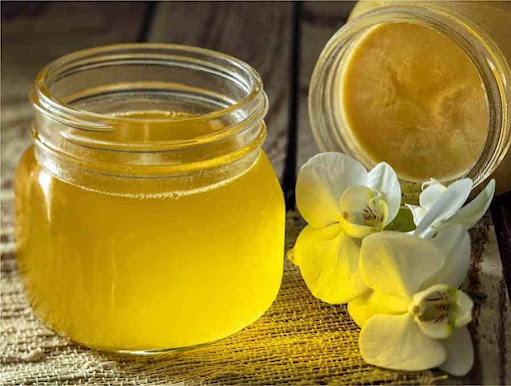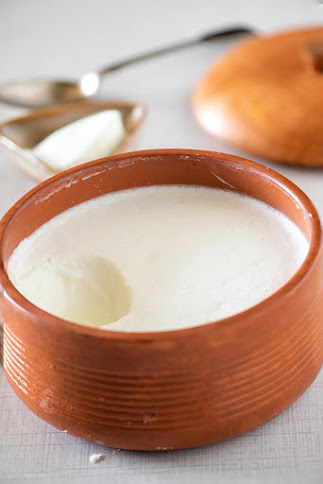How to Make Ghee
How to make ghee from adulation for cuisine and baking. A step-by- step companion for the adulation explanation process for producing plushly seasoned canvas with nutty and toffee flavors.
What's Ghee? A chief of Indian cookery, this especially set clarified adulation is traditionally made by sluggishly stewing adulation until the water evaporates and the milk solids gently brown. The adulation explanation process yields a plushly seasoned adulation canvas with nutty and toffee flavors.
It has come a popular canvas to use for people with slight dairy perceptivity, Paleo diet, and Whole30 program because utmost of the lactose sugar and casein proteins are removed that may pose health issues. High quality rustled, lawn- fed and organic adulation is recommended for these diets.
From a cuisine perspective, ghee provides a lovely flavor to fashions. By removing the milk solids from the adulation, the bank point increases significantly. This means that rather of the adulation solids burning under high heat at around 350 °F, only the butterfat remains and can be hotted to 485 °F before breaking down. The high bank point makes it an excellent cuisine canvas for sauteeing, stir-frying and riding foods.
When adulation is clarified the milk solids like proteins, carbohydrates, vitamins, and minerals are removed, except for the fat-answerable vitamins. Adulation is composed of milk fat (at least 80), milk solids (about 1), and water (16 to 18).
To successfully make ghee, the process starts with stewing adulation between 221 to 244 °F to dematerialize the water. The temperature is also elevated to above 266 °F so the lactose, casein and whey proteins witness the Maillard response
Buy Ghee & Dairy Products Online & get benefits of desi ghee .Get the PURITY FARMS DAIRY franchising information including start-up .Our product range includes poly pack milk, dahi, lassi, Bilona Ghee and many more.
STEP 1: Melt the Butter
Use a heavy-bottomed visage, dutch roaster, or pristine sword skillet so that the milk solids don't fleetly burn. It’s stylish to cut the adulation into lower pieces so it melts unevenly and the solids brown constantly. Apply medium heat to melt the adulation, also reduce to medium-low to poach.
STEP 2: Allow Solids to Separate and Remove
Once the adulation has fully melted, it'll bubble and begin to separate. As the adulation simmers, some of the milk proteins rise and sit on the face as it separates from the fat and water.
Use a ladle to skim the white solids on the face and discard. This process takes time for the adulation canvas to turn clear, so continually remove the solids. At this point clarified adulation is made. The remaining way will give ghee a heated nutty flavor.
STEP 3: Allow Remaining Solids to Sink
Once utmost of the milk solids have been removed from the face of the adulation, there will be some white solids moping on the bottom. Leave those so that they can be also heated and consolidate in color through the Maillard browning response, creating butterscotch-suchlike flavors.
STEP 4: Brown the Butter Solids
Continue to poach the adulation over medium-low heat. Make sure not to take your eyes off the adulation. It'll snappily begin to change a golden color with amber brown solids formed at the bottom of the visage. When you see this change and smell toffee flavors, it’s time to turn off the heat and remove the visage from the cookstove.
STEP 5: Strain the Brown Butter Solids
Allow the ghee to cool slightly for about 3 to 5 twinkles. Line a fine- mesh strainer with at least a triadic subcaste of cheesecloth. Place the lined strainer over a heatproof vessel like a glass measuring mug. Precisely pour the adulation canvas through the sieve, the browned solids should get collected on the cheesecloth.
GHEE IS READY TO SERVE!



Comments
Post a Comment